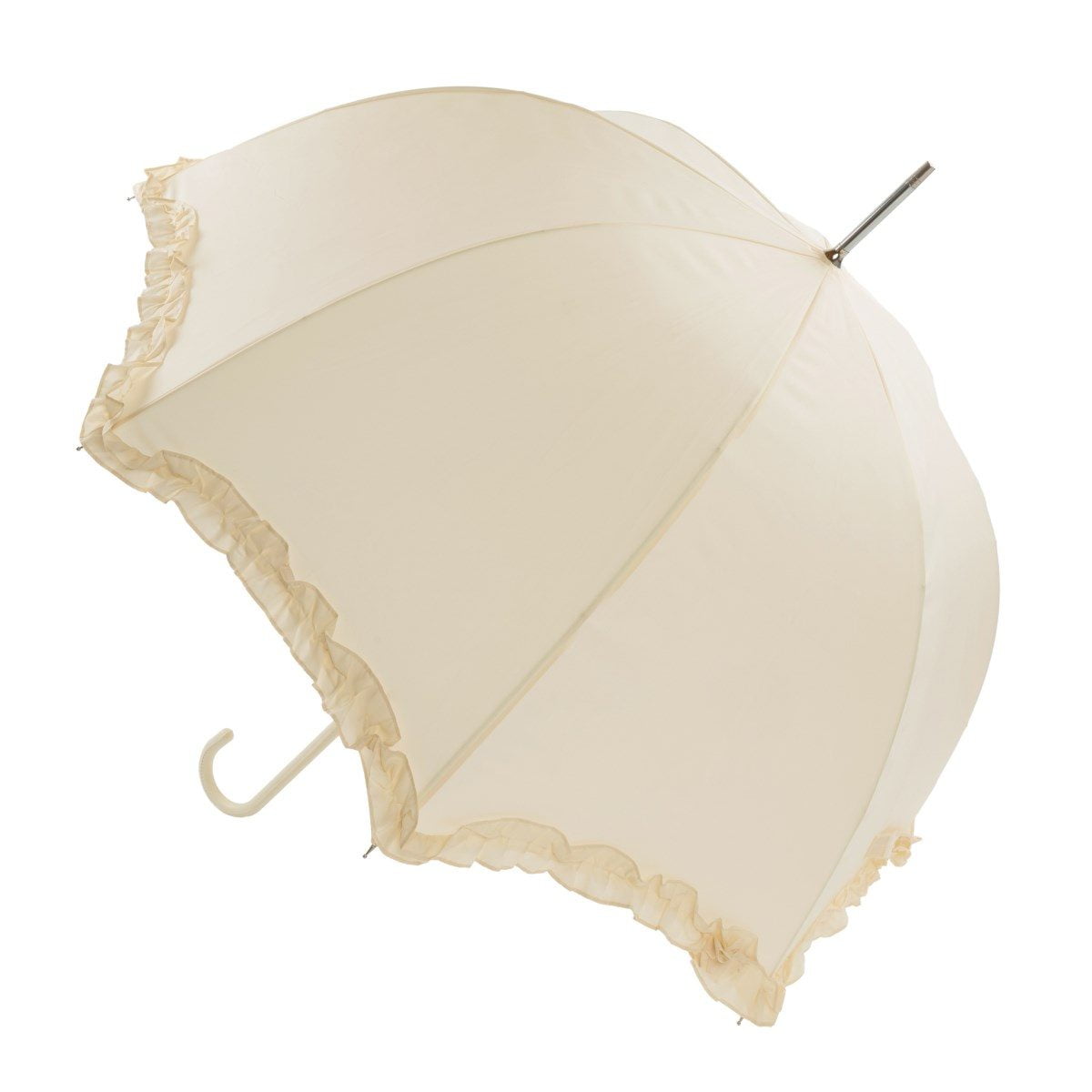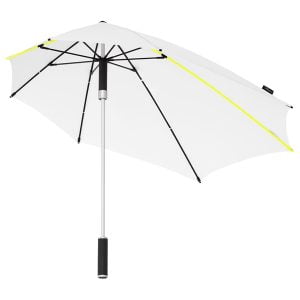It’s hotly debated who created the umbrella first, as sources state both Egypt and China were among the first to adopt them. Early Chinese umbrellas were made of oiled paper and bamboo, but one way they differed was that it wasn’t just royalty who carried them; people across all classes had access to these essential items in order to protect themselves during rainy days.
Another difference between China’s history versus Egypt’s is how Egyptians would carry their own, while commoners often employed servants for theirs as well; with silk being used over more affordable materials, such as paper or bamboo.
Ancient Egypt is a fascinating time period in history, and it is not hard to see why. The people of this period experienced some dramatic influences on their history – from the revolutionary invention of writing to the construction of one of history’s greatest wonders: the Great Pyramids of Giza.
And yet all this may have never happened were it not for something as seemingly trivial as an umbrella. The history is claimed to date back over 5000 years when Egyptians first started using parasols to protect themselves against harmful sun rays. In fact, many hieroglyphics depict the use of these umbrellas by nobles and kings in Ancient Egypt, which shows how important their role was during that time period.
The Umbrella in China
 In 1100 BC, Chinese royals used silk and waterproof umbrellas to shield them from rainstorms at their royal courts. As a sign of power, these rulers carried multi-tiered parasols with 12 layers or more for themselves and 24 levels for other nobility members as well. This tradition spread across southern Asia, where they became an important symbol of Asian culture still to this day. However, the parasol in Asia is rumored to go back even further than this.
In 1100 BC, Chinese royals used silk and waterproof umbrellas to shield them from rainstorms at their royal courts. As a sign of power, these rulers carried multi-tiered parasols with 12 layers or more for themselves and 24 levels for other nobility members as well. This tradition spread across southern Asia, where they became an important symbol of Asian culture still to this day. However, the parasol in Asia is rumored to go back even further than this.
Supposedly, a man named Shu was born in 259 B.C. during the Warring States period and in his early life he worked as an assistant engineer at the Imperial Palace in Nanjing. His job was to invent new devices that would make many manual tasks easier and so it was not surprising that Shu decided to develop a portable shelter against rain or sun which could be easily carried by one person. A few centuries earlier, umbrellas were made with parasols, bamboo ribs, and paper panels tied up with string or rope.
These umbrellas weren’t made from leaves and feathers as they were in Egypt. The frame was instead constructed from cane or sandalwood, while the covers consisted of leather, cloth, or silk. If you weren’t Chinese royalty, you couldn’t use these fine materials. You were made to use flimsy models constructed from stout paper instead – these were lighter but less sturdy than those constructed by materials found more readily available at this time.
The Chinese Oil-paper Umbrella
A lesser-known ancient Chinese tradition is the oil paper umbrella. These umbrellas were constructed with a bamboo frame and thin, durable bark paper that was painted in visually appealing motifs or positive messages during the Han Dynasty of China (206 BC to 220 AD). The decorative patterns typically consisted of images found in nature like flowers, birds, and landscapes which talented artists would depict as full storylines.
In addition to their artistic qualities these parasols served practical purposes too: they helped keep royalty cool while serving inclement weather conditions outdoors by providing shade from sunburns on hot days but still letting heat escape through them at night when necessary for warmth.
As time went on umbrellas eventually made their way around Asia, all while being traded in various ports; until they finally reached Europe, where people were able to know what an effective form of protection this item could provide!
Religion’s Role in the Umbrella
Religion has played a major role in shaping society’s attitudes toward the umbrella and ensuring its survival. As illustrated above, both Ancient Egypt and Ancient China have strong religious ties to the history of the umbrella through associations of myths, religious texts, and symbolism.
Interestingly enough, the Hindu god ‘Brahma’ is said to have covered the newborn Buddha’s head with an umbrella. A popular myth in ancient India says that when Lord Krishna was born, his mother began crying and a storm started brewing. So, he created the white parasol for her protection.
The first known use of umbrellas to ward off or flirt with advancing gentlemen was during Dionysus’ festivals in Ancient Greece. The parasols were used by his followers and were usually in bright colours because they symbolised the harvest, which is why Demeter’s daughter Persephone often carried one around too!
Umbrellas have been used for centuries, but they didn’t become commonplace until the middle of the Middle Ages. The Catholic Church played an important role in their continued use and survival during this period due to its importance throughout Western Europe at that time. You can see umbrellas portrayed on different mediums—including mosaics, portraits, and illustrations depicting religious events or literature; representing how much it was relied upon by clergy members, as well as royalty.
Creator of the Modern Umbrella
Throughout time, the parasol has carried the concept of an umbrella and mostly kept it alive through association. The parasol has been an object of the highest esteem for centuries. It was once reserved exclusively for royalty and church-goers until it finally became common among high society during the Victorian era.
The way we viewed umbrellas changed from a necessary item to one that’s only used in emergencies or when there is no other option; whereas with parasols, they were often touted as something fashionable and even more importantly durable!
In 1892, an American named Samuel Fox patented the steel ribbed umbrella that we still use today. The innovative thinker worked for the English Steel Company and used a material from women’s corsets to add stability, flexibility, and less weight to his invention.
From here, umbrella technology came leaps and bounds. In 1928, German inventor Hans Haupt created the telescopic/foldable umbrella. Although Jean Marius invented a compact foldable design in 1701, it was not telescopic. It took until 1969 before Bradford Philips finally got the patent for their own invention which allowed people to take an umbrella with them anywhere they go.
Read our “Complete history of the umbrella” post to learn all about these highly convenient creations!





